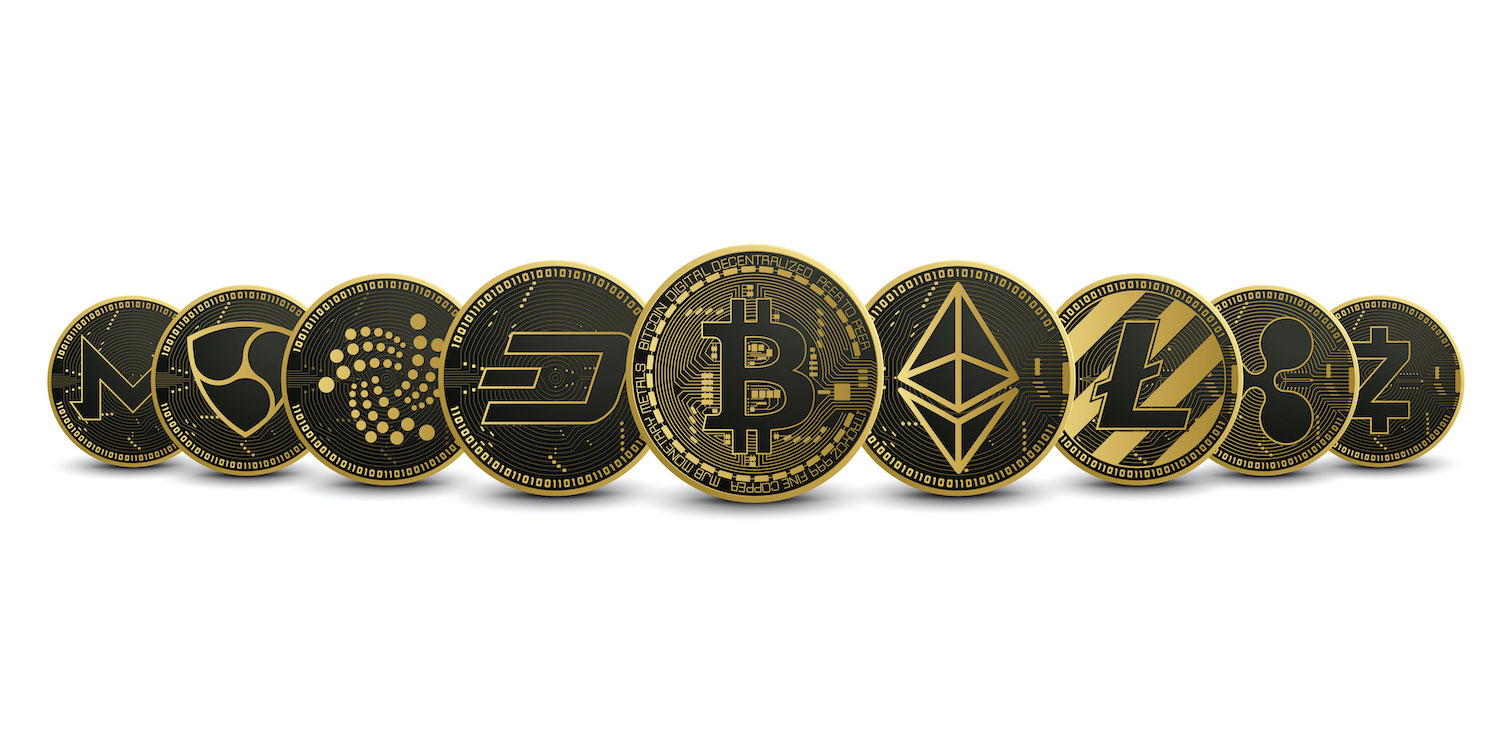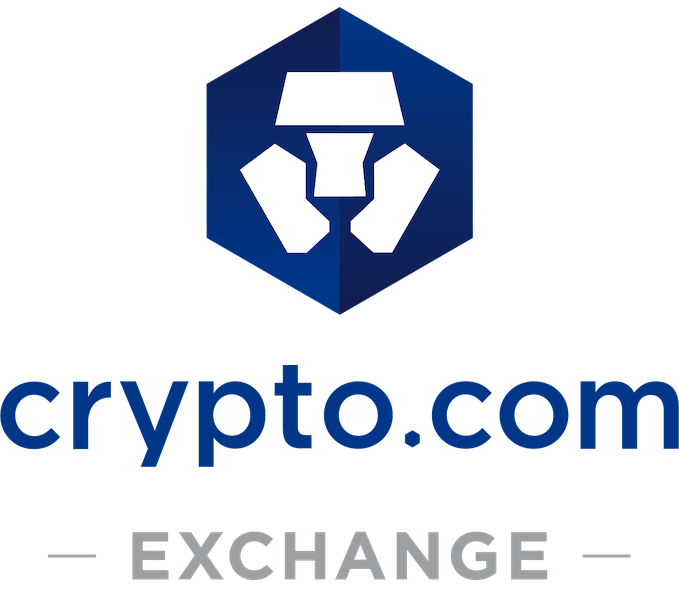
Investors are fleeing Bitcoin in favor of more environmentally friendly alternatives after months of media attention focused on the cryptocurrency’s devastating environmental impact. To date, there are about 4,500 different altcoins that may be mined. Let’s find it out now!
SolarCoin (SLR)
SolarCoin is a decentralized cryptocurrency that operates independently of any nation’s government. SolarCoin may be spent and traded just like other digital currencies, but the important difference is that the system intends to incentivize real-world environmental behavior, specifically the production of verifiably generated solar energy. You can spend and sell SolarCoin as other cryptocurrencies.
Powerledger (POWR)
Tokenized in 2016–17 on Ethereum, POWR is the fuel that drives the Powerledger network. Debuting on Coinbase in November 2021, its token price rose sharply despite a general decline in the cryptocurrency market at the time.
Powerleap One (POWR) is a mandatory component of the Powerledger network that ensures the safety of its many products, such as those for energy trading, renewable energy tracking, and validation.
In passing, I should mention that Powerledger is unique among blockchains and cryptocurrencies in having a female co-founder. Several other women work under the direction of Dr. Jemma Green, who serves as Executive Chairman and co-founder.
Cardano (ADA)
Created by Ethereum co-creator Charles Hoskinson, Cardano was the first blockchain to undergo rigorous peer review before being released to the public. Though it serves primarily as a digital currency, it can also be employed in other contexts, such as smart contracts and decentralized applications. Cardano is blessed with the option of conducting 1000 transactions per second.
Cardano’s ‘Proof of Stake’ consensus process, in which participants pay coins to join the network, makes it intrinsically more power efficient than Bitcoin. Cardano’s creator claims that his cryptocurrency network uses only 6 GWh of power, therefore this helps save a tremendous amount of energy.
Stellar (XLM)
The Stellar system went live in 2014 with the goal of linking traditional banking with digital currencies. Due to its ability to facilitate quicker, cheaper, and much more cost-effective cross-asset as well as cross-border payments than PayPal, Stellar is quickly becoming a viable alternative to the latter.
However, traders can also get along with trading sites like https://the-bitcode-prime-app.com to know further details about the latest digital currencies.
Nano (NANO)
Nano, unlike Bitcoin and many others, is completely free, lightning fast, and incredibly low on the energy scale. It initially showed up at the end of 2015 but is still leaving a small carbon footprint today. And because it doesn’t require mining, it’s a breeze to implement and can be used by anybody, anywhere.
User accounts on the Nano network can be modified asynchronously, unlike Bitcoin and other linear blockchains. Nano, on the other hand, only includes the account chains of the sender and the recipient, and it can process up to 125 transactions at a time.
Over To You
Investors who have already reallocated their funds away from fossil fuel businesses and other unsustainable sectors might want to think about doing so with their cryptocurrency holdings. The risk of joining SolarCoin and/or BitGreen is minimal if you always have a solar array installed or are committed to a green lifestyle.









